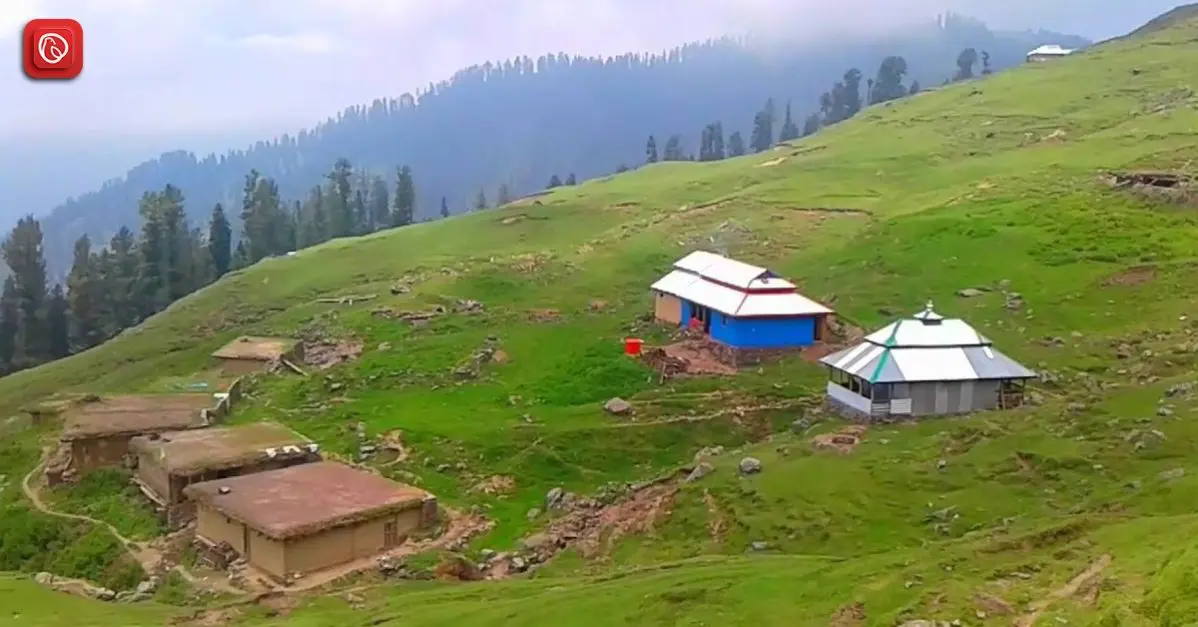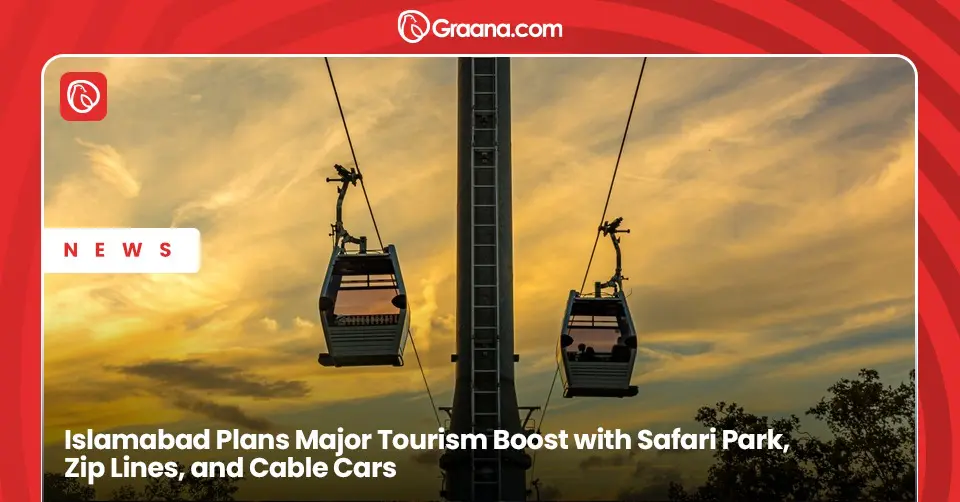Azad Kashmir is globally renowned and called “Paradise on Earth” due to its extraordinary natural beauty. It is celebrated for its stunning landscapes, earning a reputation as one of the most picturesque regions worldwide. With snow-capped peaks, lush green expanses, and a delightful climate, it is a captivating destination for travellers. Bagh Valley is among Azad Kashmir’s gems, one of the most enchanting locations.
In this blog, Graana.com discusses everything you need to know as a tourist to Bagh Azad Kashmir.
Bagh Azad Kashmir
Bagh serves as the principal town and district headquarters of Bagh District, located in Azad Kashmir, Pakistan. Positioned at the junction of two watercourses, namely Malwani and Mahl, the town is situated 93 kilometers away from Muzaffarabad.
Location
Bagh is located 80 kilometres from Muzaffarabad, the capital of Azad Kashmir, and 160 kilometres from Islamabad, the capital of Pakistan. Bagh is situated at the confluence of two rivers, the Mahlwani and the Mahl, at an altitude of 3,405 feet (1,038 metres).
The district is bounded on the north by the Muzaffarabad District, the Hattian Bala District, and the Baramulla District of Indian-administered Jammu and Kashmir, on the east by the Haveli District, on the south by the Poonch District, and on the west by the Rawalpindi District of Pakistan’s Punjab Province.
Geography
Geographically, Bagh District is characterised by its mountainous terrain, with a typical slope from the northeast to the southwest. It falls within the Lesser Himalayas region, with the prominent Pir Panjal mountain range dominating the landscape. It is considered to be one of the most famous tourist destinations in northern areas of Pakistan.
Notably, the Haji-Pir Pass stands at an impressive altitude of 3,421 metres above sea level, while the general elevation across the district ranges from 1,500 to 2,500 metres above sea level. The mountains are predominantly cloaked in coniferous forests, lending to the area’s natural beauty. The primary river in the district is the Mahl Nala, complemented by numerous smaller rivulets that meander through the region.
More About Bagh Azad Kashmir
As of the 2017 census, Bagh Valley was home to a population of 371,919. The working population in this region primarily engages in two sectors: agriculture and public administration. The residents of this valley are known for their bravery, generosity, and craftsmanship, particularly in the realm of bakery products.
Steep hills characterise Bagh Valley’s topography with a typical northeast and southwest tilt. The Pir Panjal mountain range prominently defines the landscape. Two significant streams flow within the valley: Mahl Nala and Betar Nala. The local population places significant emphasis on fruit orchards, leading to the establishment of fruit nurseries under the agricultural department.
Maise and wheat are the principal crops cultivated in the valley. The district has organised the Special Communication Organization (SCO) to enhance communication infrastructure. The initiative has resulted in the construction of eight digital exchanges, ensuring telephone connectivity across all major towns in the district.
Weather in Bagh Valley
During the summer months of May, June, and July, Bagh Valley experiences relatively warm temperatures, with the mercury typically ranging from 22 degrees Celsius to 40 degrees Celsius. This period constitutes the hottest season in the valley. In contrast, the months of December, January, and February mark the coldest season, with temperatures ranging from 16 degrees Celsius to 3 degrees Celsius.
It’s important to note that the valley’s climate varies significantly with altitude changes. Bagh Valley receives an average annual precipitation of around 1500 millimetres, ensuring the region remains lush and green. In February, the mountains are blanketed in snow, and the gradual snowmelt typically commences toward the end of April. This seasonal transition marks spring onset and heralds warmer weather’s return to the valley.
Places to Visit in Bagh Valley
There are many enchanting, picturesque and worth-visiting places in Bagh Valley.
Ganga Choti
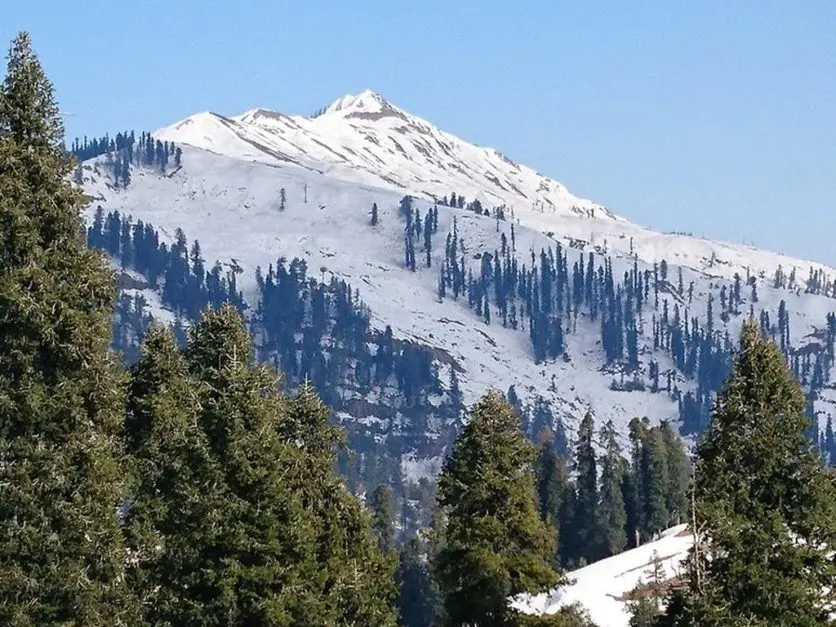
Ganga Choti is a magnificent and revered peak in the mesmerising Bagh Valley of Azad Kashmir, Pakistan. It is a popular destination for trekkers and adventure enthusiasts, offering breathtaking views and a challenging ascent.
The peak stands at an elevation of approximately 3,100 metres (10,170 feet) above sea level. This elevation provides awe-inspiring panoramic vistas of the surrounding valleys and mountains.
Moreover, Ganga Choti is a popular destination, drawing trekkers from across Pakistan and beyond. The trek to the summit is moderately challenging, typically taking several hours to reach the top. You’ll pass through dense forests, meadows, and rocky terrain along the way.
During your trek, you’ll encounter diverse flora and fauna. The region is home to various wildlife, including several bird species, making it an excellent spot for birdwatching. Along the trekking route, you may come across small villages and interact with the friendly residents. It’s an opportunity to experience the rich culture and traditions of the region.
One of the primary reasons people undertake the trek to Ganga Choti is for the stunning views it offers. From the summit, you can behold the enchanting beauty of Bagh Valley, including its verdant valleys, rolling hills, and fruit orchards. On clear days, you can even catch glimpses of the surrounding peaks.
Zalzal Lake
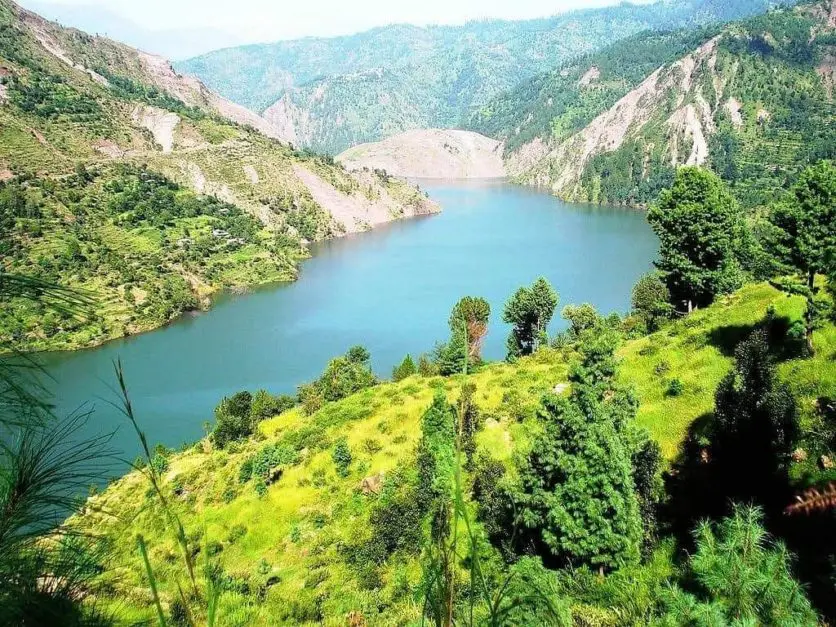
Zalzal Lake, one of the most famous lakes in Pakitan, spanning approximately 3.5 kilometres in length and plunging to a depth of 350 feet, came into existence due to the devastating earthquake that struck on October 8, 2005. During this seismic event, a massive landslide occurred when a mountain descended into the valley, obstructing the course of a river. Tragically, this natural disaster led to the burial of five villages beneath the rubble, claiming the lives of 575 people.
Over two years following the earthquake, this colossal lake formed due to the blockade in the river’s flow. Today, an outlet has been established to manage water overflow from the lake. Zalzal Lake is located near Chikkar, a charming summer station positioned atop a mountain in the southern vicinity of Muzaffarabad, the capital of Azad Kashmir.
To reach Chikkar, travellers can take a road that diverges from Dhanni Baqallan, a location approximately 33 kilometres away from Muzaffarabad. Chikkar is perched at an elevation of 1828 metres above sea level. The locale’s most notable attributes include its salubrious climate and captivating natural environs. Standing atop the hill, one is treated to mesmerising panoramic views of the surrounding sub-valleys, making it a picturesque destination worth exploring.
Dhirkot
Dhirkot, located in Azad Kashmir, ranks among the most exquisite destinations in the region. It boasts a serene and pristine environment with lush greenery and towering trees that greet visitors upon arrival. Dhirkot is famous for its abundant fruit orchards, where apples, pears, and apricots thrive.
The atmosphere in Dhirkot is exceptionally wholesome, free from the hustle and bustle of urban life, and untainted by pollution. Instead, it offers a tranquil setting with breathtaking natural vistas that visitors find immensely delightful and refreshing.
Mallot
Mallot, situated east of Dhirkot within Bagh Valley, ranks among the most enchanting and frequently visited destinations. While Mallot is a relatively small town in the valley, it boasts educational amenities catering to students’ needs.
Within this town, girls’ and boys’ colleges specialising in intermediate science education and several private institutions. These private institutions encompass primary and middle schools, showcasing the town’s commitment to providing educational opportunities to nurture young minds. The town’s management deserves commendation for this commendable endeavour.
This distinctive town of Mallot has all the communication facilities, which is the courtesy of SCO (Special Communication Organization). The organisation has extended its services to the neighbouring areas of the village, affording the villagers the convenience of landline connectivity for intercommunication.
Moreover, some private service providers, including Telenor, Ufone, and Mobilink, have set up boosters in the area, further enhancing communication options. The modest town of Mallot has successfully secured essential communication amenities for its residents.
Neela Butt Bagh
Neela Butt Bagh, located near Dhirkot in Bagh Valley, is a significant historical destination. Visitors are drawn to this picturesque location, where they can savour their moments amidst its stunning natural surroundings. Neela Butt Bagh holds historical importance akin to Greater Iqbal Park and played a significant role in the historical journey and quest for independence that led to the formation of Pakistan.
Neela Butt Bagh is an important site historically, many people fervently rallied and united in pursuing Azad Jammu and Kashmir’s freedom. Here, Sardar Abdul Qayyum Khan, the President of Azad Jammu and Kashmir, assumed the role of a fearless leader, earning the title of “Mujahid e Awal.”
On the 23rd of August 1947, the resilient people of Neela Butt Bagh congregated as part of the Azadi movement, aspiring for independence from India and liberation from Dogra colonialism. The inspirational guidance of a 23-year-old son of Sardar Muhammad Abdul Qayyum fuelled their unwavering determination.
Birpani
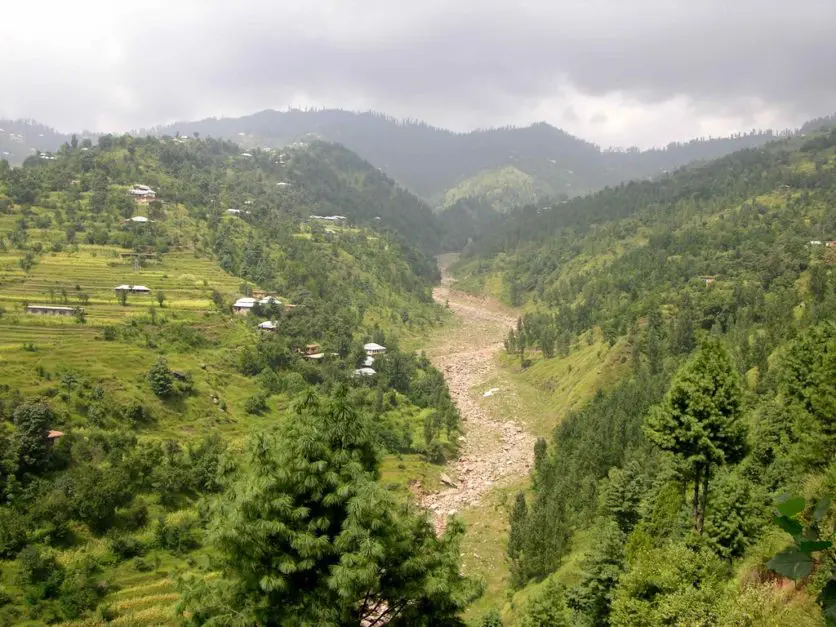
Birpani, situated in the captivating and beguiling Bagh Valley of Azad Kashmir, holds its charm. It is uniquely located at the confluence of two perennial streams, the Birpani Nala and the Dhaki Nala. Some of the most well-educated tribes inhabit this town, one of the most developed communities within the Bagh district.
Birpani boasts an array of amenities, encompassing educational and healthcare facilities. It is home to numerous schools, colleges, and hospitals, including a higher secondary school. Additionally, private communication companies have extended their services to Birpani, ensuring connectivity for its residents. Birpani is rightfully regarded as an affluent town in the heart of Bagh Valley.
Kohala
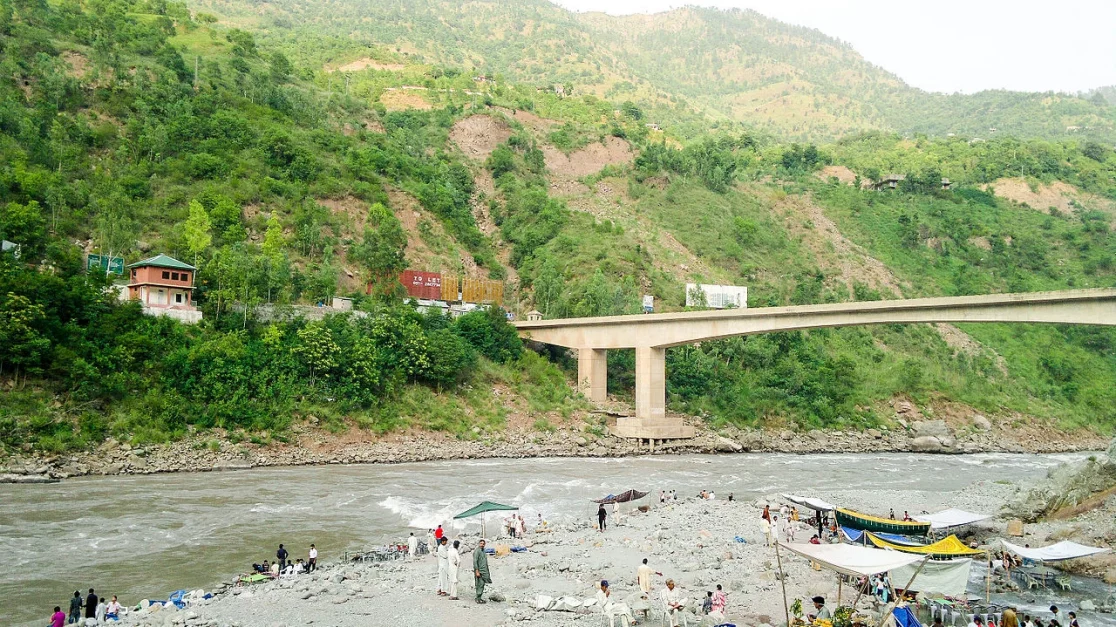
Kohala serves as the gateway to Azad Kashmir and holds significant historical importance. Nestled along the banks of the Jhelum River, it has historical relevance and plays a vital role in transportation, both for people and goods.
The presence of armed forces in Kohala can be traced back to 1814 when Gulab Singh, a ruler, aimed to establish it as a thriving hub for Hindu traders. Moreover, Kohala serves as a connecting link, bridging the gap between Murree and Azad Kashmir. This iconic bridge, aptly named the Kohala Bridge, owes its fame to the town.
In 1992, Kohala faced the wrath of a natural disaster. Still, thanks to the diligent efforts of Bagh Valley’s district management, it was successfully reconstructed and restored, standing as a testament to resilience and community spirit.
Panjal Mastan National Park
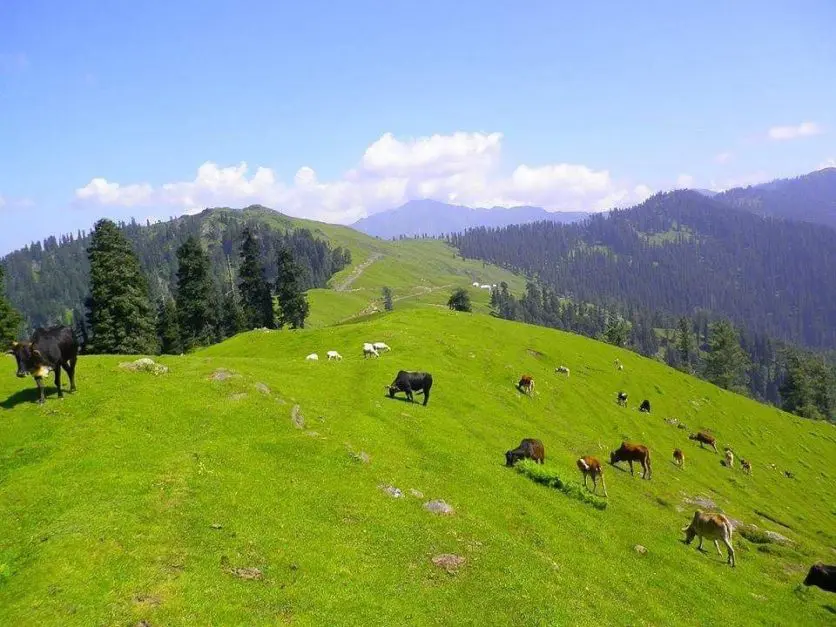
Panjal Mastan is another enchanting destination in the captivating Bagh Valley of Azad-Kashmir. You’ll find the Panjal Mastan National Park, nestled in the Bagh District of Azad-Kashmir. This national park is at an average elevation of 2800 meters above sea level, establishing the Panjal Mastan Plains as one of the highest plateaus in the Bagh region.
Frequently Asked Questions (FAQs) About Bagh Azad Kashmir
Where is Bagh located in Azad Kashmir?
Bagh is a district located in Azad Jammu and Kashmir, a region in northern Pakistan. It is present in the eastern part of Azad Kashmir and is popular for its scenic beauty and lush landscapes.
What are the popular tourist attractions in Bagh?
Bagh is famous for its natural beauty and offers several tourist attractions. Some popular places include Panjal Mastan National Park, Ganga Choti, Zalzal Lake, and the historic Bagh Fort.
What is the climate like in Bagh?
Bagh experiences varying temperatures throughout the year. Summers, especially in May, June, and July, can be warm, with temperatures ranging from 22°C to 40°C. Winters, in contrast, are colder, with temperatures between 16°C and 3°C. The climate also changes with altitude.
How can I reach Bagh from major cities in Pakistan?
Bagh is accessible by road and you can reach it from major cities like Islamabad and Rawalpindi. Several transportation options exist, including buses and private vehicles, to travel to Bagh.
What is the local culture and cuisine like in Bagh?
Bagh has a rich cultural heritage, and its residents celebrate various festivals and traditions. The cuisine in Bagh includes local flavours such as Kashmiri dishes like Rogan Josh, Kashmiri Pulao, and various kebabs. Visitors can experience the warm hospitality of the local people and savour traditional dishes.
For more related information, visit Graana Blog.
